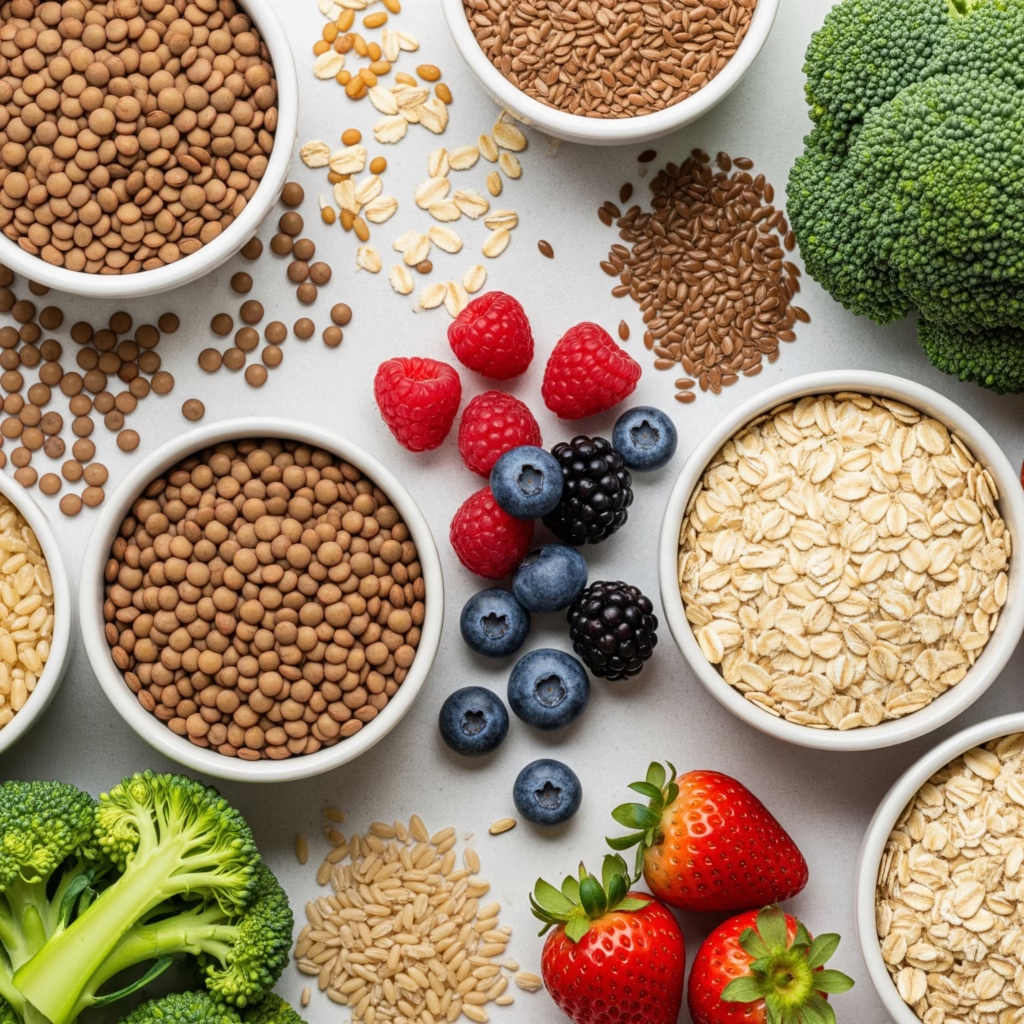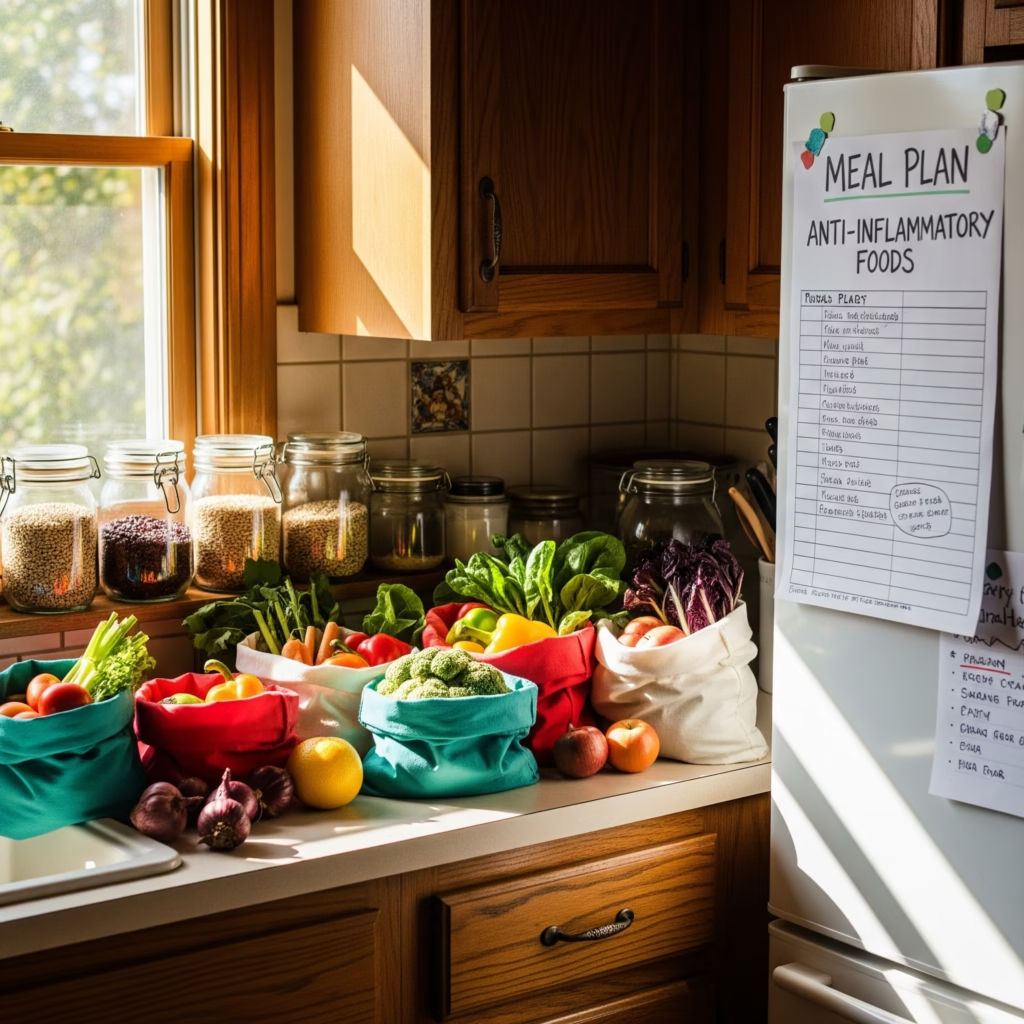Do you ever get that sluggish, foggy, just… off feeling after a meal? Like you’re technically full but still not satisfied, and your stomach’s not exactly throwing a party? That might be your gut microbiome waving a white flag. Or whispering, “Hey, how about some fiber and fermented stuff next time?”
Let’s talk about the unsung heroes of gut health: fiber and fermented foods. They’re not flashy. They don’t have lobbyists or flashy Instagram campaigns. But they do something pretty remarkable—they help you feel good from the inside out.
First, what’s the big deal with fiber?

So here’s the thing: fiber isn’t just that cardboard-esque stuff in bran cereal your grandma loves. It’s the scaffolding of plants—the part your body doesn’t digest but your gut bacteria throw a rave for.
When you eat fiber (especially soluble fiber, the gooey, slow-moving kind), you’re feeding the beneficial bacteria in your gut. Think of it like mulch for your inner garden. More fiber = more microbial biodiversity = better digestion, immune function, even mental health. No joke—there’s actual science connecting fiber intake to mood stability.
But Americans? Most of us are barely scraping together half of the recommended 25–38 grams a day. Why? Honestly, it’s not always obvious where to find it—and fast food doesn’t exactly scream “high-fiber feast.”
And fermented foods? That’s where things get funky (in a good way)

Fermented foods—like kimchi, kefir, sauerkraut, miso, yogurt, and even certain cheeses—contain live cultures. These are the microbes themselves. Like probiotics, but not the capsule kind. They’re the real deal, straight from the source.
And while fiber feeds your existing gut bacteria, fermented foods bring in reinforcements—live microbes that can help balance out your gut flora. It’s like giving your gut a refresh button. The result? Less bloating, better immunity, maybe even better skin. (Yep, there’s emerging research on the gut-skin axis too.)
Okay, but how do you actually fit them into a normal day?
Let’s be real—no one’s waking up thinking, “Today I’m going to ferment a turnip.” So here’s how to sneak more of both into your life without turning into a health nut (unless you want to).
1. Start with breakfast
- Overnight oats are a fiber bomb. Use chia seeds, flaxseeds, rolled oats, and top with berries.
- Stir in a spoonful of plain yogurt or kefir—both fermented.
- Not a fan of dairy? Try coconut yogurt with live cultures (look for “live and active cultures” on the label).
2. Upgrade your snacks
- Hummus and carrots? Classic—and fiber-rich.
- Swap chips for roasted chickpeas or a handful of almonds.
- Craving crunch? Try some sourdough toast (yes, it counts—it’s naturally fermented if traditional).
3. Lunchtime = layering opportunities
- Add sauerkraut or kimchi to your sandwich or grain bowl.
- Toss beans or lentils into salads for extra fiber.
- Love wraps? Use a whole-grain tortilla, throw in some leafy greens, and sneak in a little miso paste as a spread.
4. Dinners without drama
- Stir tempeh (fermented soy) into a veggie stir-fry.
- Add a side of fermented pickles (not vinegar ones—check for “live cultures”).
- Build meals around fiber-heavy ingredients like barley, quinoa, or sweet potatoes.
5. And dessert? Yeah, you’ve got options
- A small bowl of fruit with yogurt hits both notes.
- Feeling fancy? Try a kefir smoothie with mango and a sprinkle of hemp seeds.
Quick tangent—what if your gut rebels at first?

Here’s where people panic. They add fiber, feel gassy, and think, “Welp, that was a mistake.” But hang on.
Your gut microbiome is like a roommate that’s been living off pizza rolls and soda. When you start bringing in lentils and kraut, they’ll complain. Loudly. But it’s temporary. Introduce changes slowly, especially fiber. Let your gut catch up.
Start with a few tablespoons of beans or half a serving of fermented food every day. Give it a week or two. It’s worth the awkward bloating phase. Pinky promise.
Not all fibers (or ferments) are created equal

Let’s not pretend this is a plug-and-play situation. There’s nuance.
- Prebiotic fibers like inulin, resistant starch, and pectin are extra potent because they’re the favorite food of good bacteria. You’ll find them in bananas (especially slightly green ones), garlic, onions, asparagus, and oats.
- Fermented food quality matters. Some store-bought “pickles” are just cucumbers swimming in vinegar—not the same thing. Look for raw, unpasteurized versions in the refrigerated section. Pasteurization kills the live cultures.
Also, not all bodies love the same strains. Some folks thrive on yogurt; others do better with fermented veggies. There’s no universal gut gospel—just a process of figuring out what makes your belly happy.
Real talk: Why bother at all?

We’re living in an age where gut health is linked to practically everything—immunity, focus, anxiety, weight, sleep. And while it’s tempting to chase the latest supplement or “gut reset,” your daily plate is still the most powerful tool you’ve got.
Fiber and fermented foods aren’t trends. They’ve been part of human diets forever. Think Korean kimchi pots or ancient Egyptian sourdough. We used to eat this way by default. Now we have to be intentional.
And you don’t have to overhaul your life. Just start small. Sprinkle flax on cereal. Add a scoop of kraut to tacos. Try miso soup with dinner. These aren’t fads—they’re food.
The bottom line (no pun intended)

Your gut’s not asking for perfection. It just wants a little love, some diversity, and maybe a few more plants than processed snacks. Add a little fiber, toss in some live-culture ferments, and see how things shift.
You might just feel…better. Lighter. More you.
And if you’re thinking, “Is it really that simple?” Yeah. Sometimes, it kind of is.







